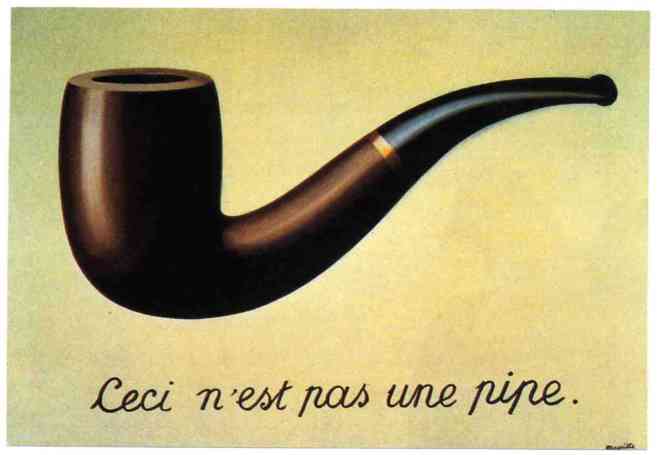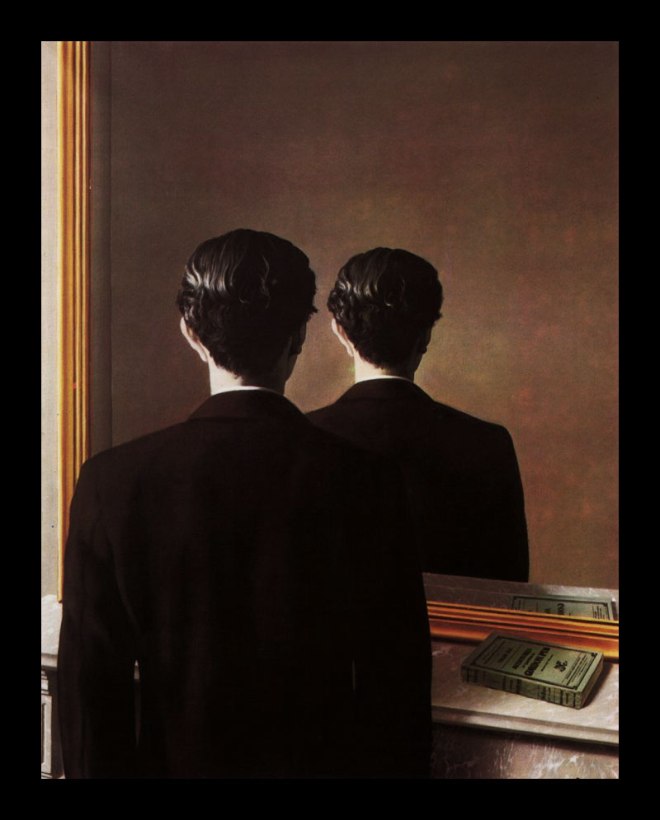In my last post (“Representation”), I talked about the link between the sign and the signifier. What I hope to have achieved with it was to show the intricate relationship between the image and reality. I quickly mentioned Magritte and how this was one of the topics present in his work. I’d now like to look a little deeper into some of his paintings.
La Trahison des images (The Treachery of Images), 1928-29, is another famous example of this idea. It depicts a pipe on a pale background accompanied by the seemingly contradictory caption “Ceci n’est pas une pipe.” (This is not a pipe).
René Magritte, La Trahison des images, 1928-29
What this is telling us is indeed that: no, this isn’t a pipe. This is the image of a pipe. A representation of reality, an idea. The representation cannot be equal to reality because it is an interpretation of it. We are never totally objective and can never show reality in its totality.
That is what cubism is based on. Seeing an object for what it is not what it seems. To illustrate this, imagine you are holding a cube in you hand. You can only three faces of it at the one time but you know there are more. How do you know that? With time and experience, by turning it around in your hand. This is exactly how Cubism works with painting.
Back to Magritte. I want to talk about another one of his paintings that has to do with subjectivity. La Reproduction interdite (Not to be Reproduced), 1937, is a painting where a man, his back turned to us, is seen facing a mirror. But instead of seeing the reflection of his face, the viewer can only see his back again.
René Magritte, La Reproduction interdite, 1937
This can be seen as Magritte saying that painting shouldn’t be considered as an art of the reproduction of reality, or as a mirror of reality. Personally, I like to see in it like a statement on the analysis of oneself. We’ve seen that everything is subjective, however I think it is even more difficult to be objective about ourselves. I see in this painting an affirmation that one can never see oneself in one’s entirety. Who we are, who we appear to be and who we think we are are three different things.

